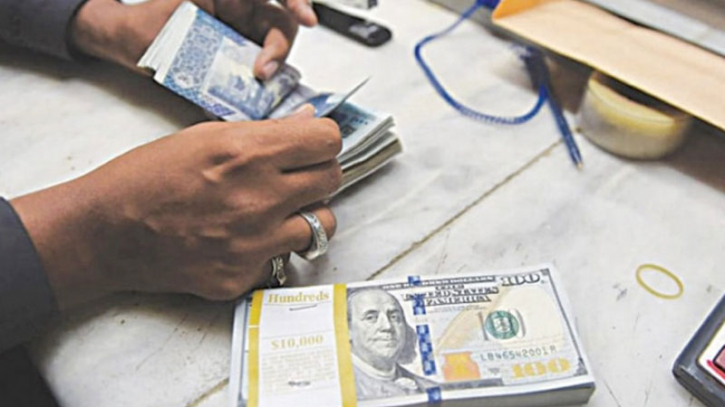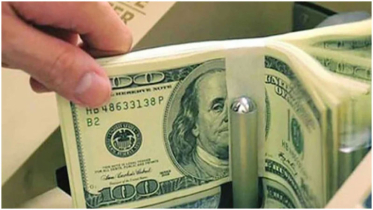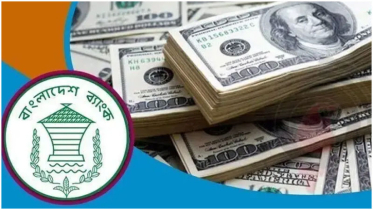Middle East crisis puts Pakistani rupee under pressure

The escalating war between Israel and Hamas has changed Pakistan's forex market sentiments as investment inflows dried up creating dollar shortages in banks resultantly the greenback started to appreciate amid strong demand, especially from importers.
Bankers dealing in the currency market said the importers were unable to find dollars even at a rate higher than quoted in the banking market.
“Banks have no dollars to meet importers needs, while the State Bank of Pakistan (SBP) is buying greenbacks to maintain its foreign exchange reserves around $8 billion level before the start of talks with the IMF early next month,” said Atif Ahmed, a senior banker and a currency expert.
With the start of the Israel-Hamas war, the exporters immediately stopped selling their holdings as the greenback started appreciating. Earlier, they were selling their proceeds in advance to avoid loss due to regular dollar depreciation. The dollar depreciated for 28 consecutive sessions before it reversed the trend after the war began in the Middle East.
The central bank has been a regular buyer of dollars from the interbank market to improve its reserves and for debt servicing. Both the bankers and exchange companies said the inflows have almost dried down. In September, the inflow of remittances was much below expectations and was just 5.3pc higher than in August.
“The inflows have slowed down during this month compared to previous months. It is difficult to assess the actual reason and impact in the coming months,” said Zafar Paracha, General Secretary of the Exchange Companies Association of Pakistan.
“During the current month we have so far sold about $300 million to banks compared to about $400m last month reflecting slow inflows,” he said.
Currency experts said if the war in Palestine prolongs the exchange rate would not be in favour of the rupee.
While the importers were eagerly looking for dollars, the SBP had allowed the repatriation of profits and dividends by multinational companies. In September, the SBP allowed a $164m profit outflow compared to just $47m in August. During the entire FY23, the central bank kept profits outflow restricted.
.png)




